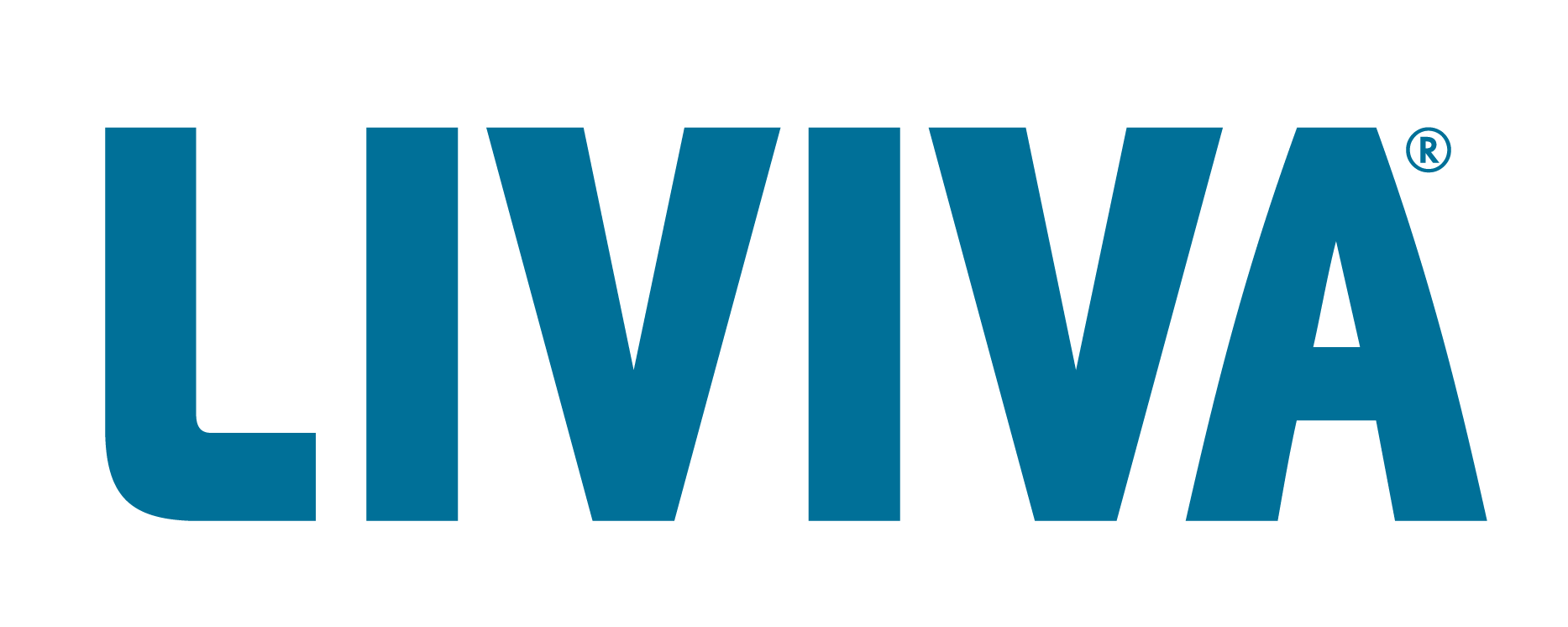“Make sure you’re eating enough fiber”
Have you heard this before?
Perhaps from a doctor, your nutritionist, maybe even your personal trainer?
We’re often told that we need fiber, but why do we?
Here are three reasons why your meals should be packed with lots of fiber.
-
Fiber stabilizes your blood sugar levels. Though this may sound like a “bad” thing, it is actually very helpful, especially for those with diabetes. Fiber actually slows down the rate at which sugar is absorbed in the bloodstream. In other words, rather than simple carbs that instantly cause your blood sugar levels to spike after eating them, fiber from beans, for example, is slowly digested over time. This keeps your blood sugar level much more stable. It’s like a sustained release of sugar, keeping your blood sugar from spiking and dropping suddenly, triggering that hunger urge, even after you’ve just eaten.
-
Fiber improves your intestinal health. When you eat foods that are high in fiber, especially beans that are an insoluble type of fiber, your intestines push them through faster. This can help signal to your brain and body that you are full. And, as a great bonus, eating a high-fiber diet can keep your intestinal tract by cleaning out bacteria and other waste particles that build up in your intestines. Not to mention, fiber can lower your risk of developing colorectal cancer.
- Fiber helps to keep you “regular”. Eating high-fiber foods are a great way to keep your bowels in check. As food moves through your large intestines, water is pulled out. When you are dehydrated or not getting enough fiber, your stools can be hard that may lead to constipation. Yikes!
How can you get more fiber in your diet (without changing your lifestyle completely)?
Believe it or not, there are a host of ways that you can get the fiber you need to cash in on all of the benefits above. Be sure to check the food labels to see how much fiber is in each serving, but to get you started, here are some high-fiber foods you can add to your diet.
- Whole grain breads. Depending on the type or brand, most servings will contain 3-4 grams of fiber. However, you should never rely solely on breads to get your daily intake of fiber. Some may contain very little fiber, so always check the labels just to be sure.
- Grain-based cereals. You may be able to get 5 or more grams of fiber in each serving. with at least 5 grams of fiber per serving. The best high-fiber cereals are those with bran, rolled oats, or whole grains.
- Bean Pasta. Many pasta alternatives made from soybeans, edamame, or black beans are not only 100% organic, but can provide 22-23 grams of high-quality fiber. This can be a great way to get fiber without any of the other fillers like fats and carbohydrates. To learn more about bean pastas, click here.
- Other grains. This includes grains such as quinoa, couscous, brown rice, etc. They have varying amounts of fiber. For example, one cup of cooked brown rice may contain up to 4 grams of fiber, whereas one cup of couscous may contain 2 grams of fiber. The key is to look at the product labels and find grains that provide high fiber, without a high calorie content.

